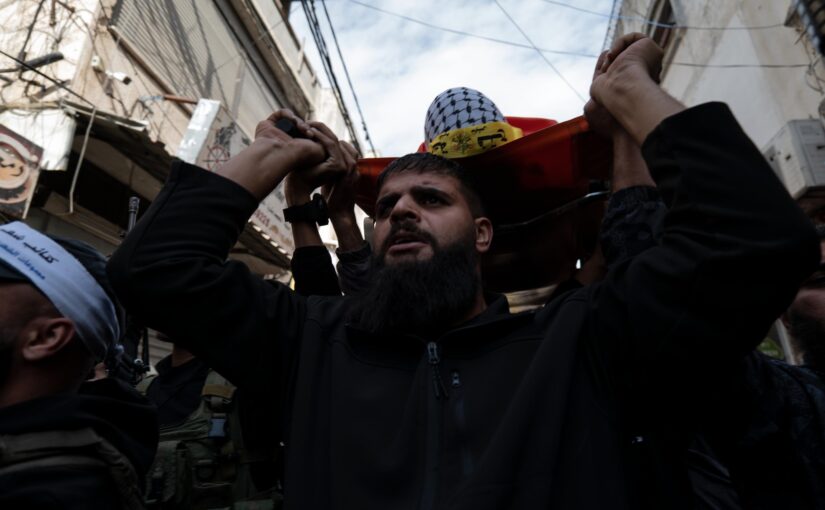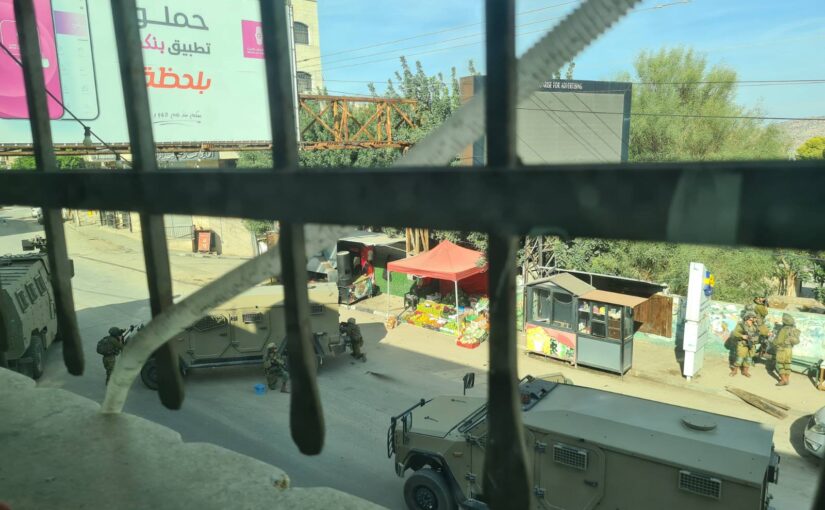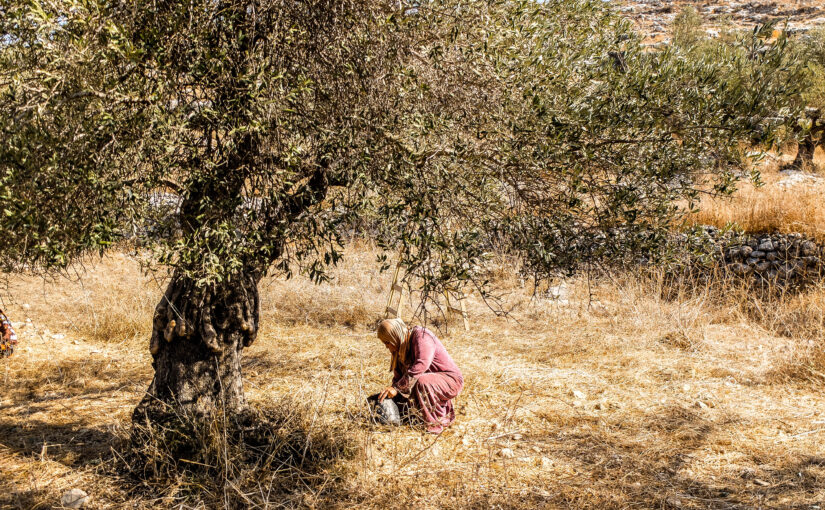Author: ISM Media
-
The Saddest Night in Balata Camp
Balata Camp, Nablus | December 12, 2024 | By Diana Khwaelid The night of December 12 was undoubtedly the saddest night for the family of the young martyr Jihad Abu Salim and the Balata camp. No one knew that he would rise as a martyr on the night of December 12th, when the Israeli occupying…
-
Killings and arrests in latest Tubas raid
Tubas, Palestine – December 9. Two more people were killed by a drone-launched missile in Tubas, in the northern West Bank. This brings the total number of Palestinians killed by the Israeli military in the West Bank since October 7th, to 810, including 169 children, with more than 6,450 injured. Being one of the bloodiest…
-
Stories from the Palestinian olive harvest under occupation
Ahmad smiles, his eyes black, his wrinkles deep. He speaks his basic English as he lugs around plastic bags and water bottles: a breakfast that looks to me more like lunch. His olive grove is in front of a settlement; one of many Israeli settlements that are illegal under international law but have been colonizing…



